Divorcing art from the perception of pretentiousness is difficult; sophistication and intellect have long been associated with the medium. Likewise, they are considered by many amongst the general public, to be some of the key characteristics of art, deterring some from indulging in it. Nonetheless, art is a radical medium allowing creatives to express personal feelings and give shape to intangible concepts.
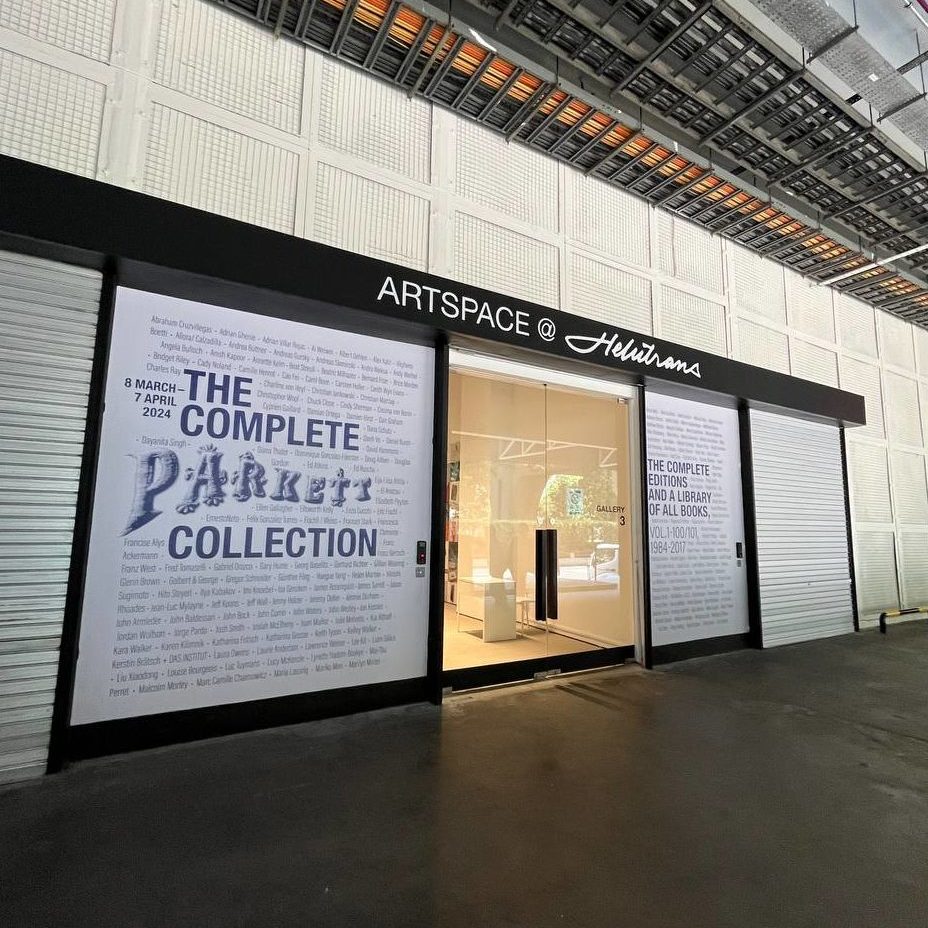
Parkett is an arts publication with a large collection of contemporary artworks spanning from 1984 to 2017. While it’s main demographic are art enthusiasts and creatives, its approach to showcasing and documenting artists and their works, are intimate and thought-provoking. The Complete Parkett Collection gave us a glimpse of what the publication has acquired throughout its 33 year run.
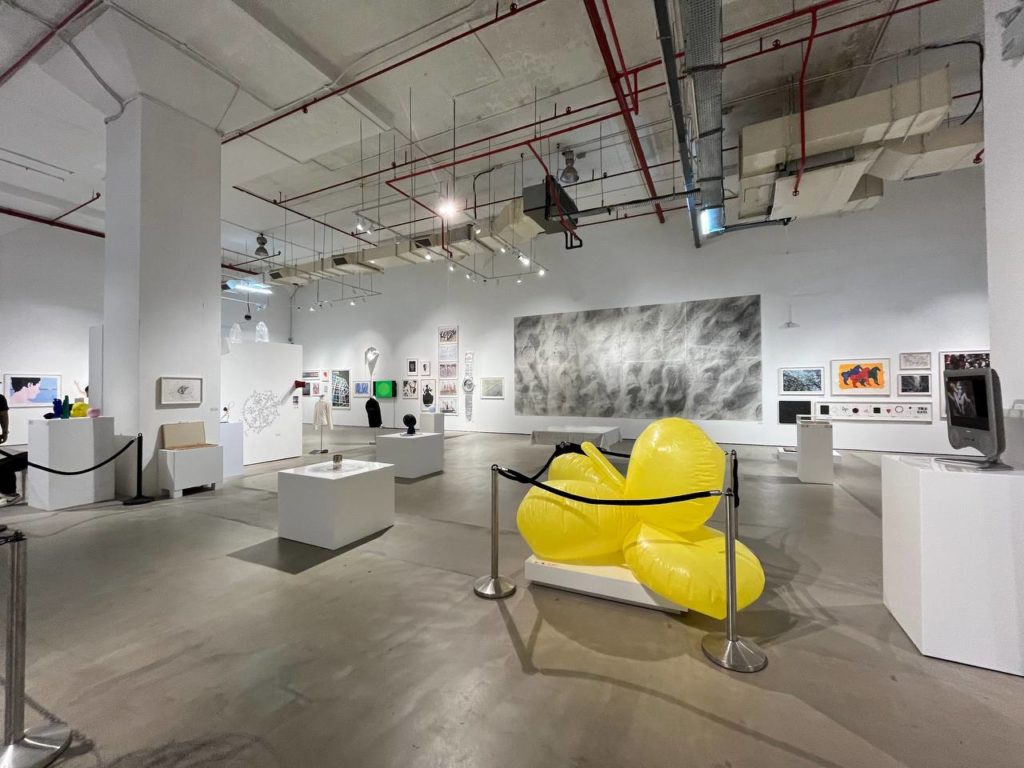
I have to admit that I was not familiar with Parkett prior to my visit, let alone that it was an art publication. We first learnt about the exhibition through a social media post a friend had shared, where an influencer praised it for its eccentric body of collected works. The Complete Parkett Collection at Artspace @ Helutrans is a retrospective of the publication’s evolution and the art it had accumulated.
Parkett took pride in discovering “art from the inside out, it does not report on art from the outside in”. They published personal interviews with contemporary artists, unravelling the emotions and influences behind their creative processes. Moreover, the artists contributed “an editioned artwork” each, ranging from 2D to 4D works, which was subsequently archived in the Parkett collection.
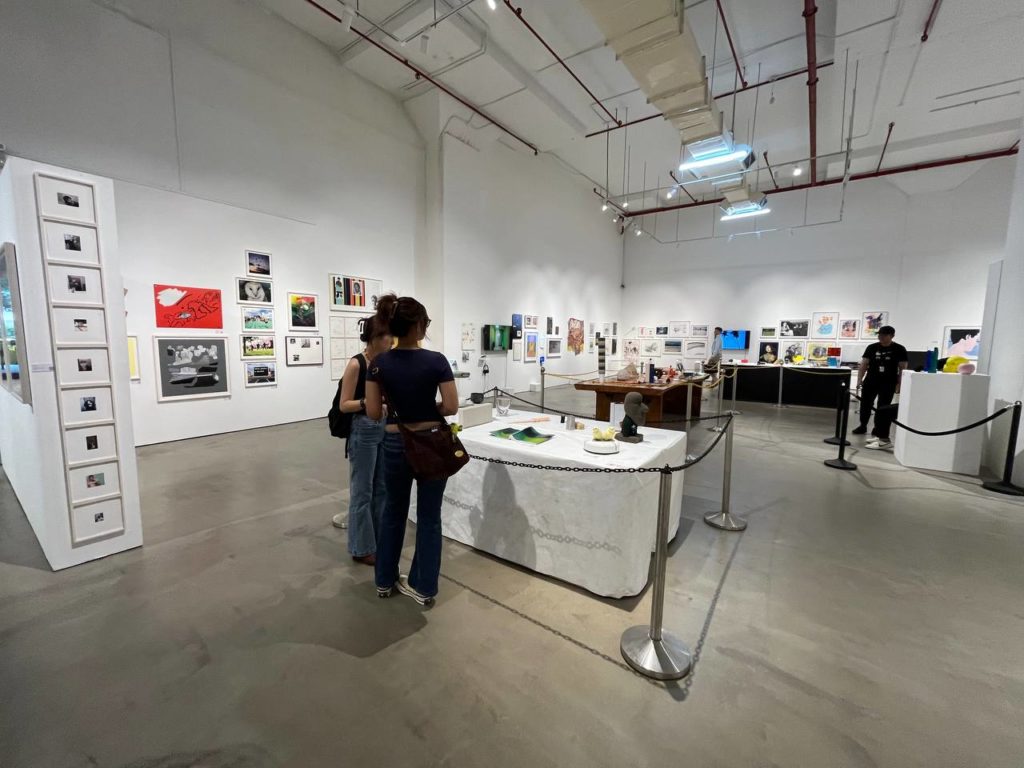
For further context, I looked into Parkett Vol. 63 from 2001, as it featured Tracey Emin, an artist I was familiar with, through lectures and research in school. She was a significant figure in art history, being part of Young British Artists, a group and movement that defied the mainstream British art landscape in the 90s. Emin’s renowned works resemble time capsules, encapsulating memories of loved ones and experiences.
To my surprise, the Parkett text was informal, yet insightful. It felt like I was looking into a conversation between friends, touching on topics like vulnerability and self-exposure. Emin was very candid, showing off her personality and beliefs. Accompanying the text, was the artwork she made, a series of obscure polaroids Emin titled as “Self-Portrait, 12.11.01”, taken on the same day as the interview.
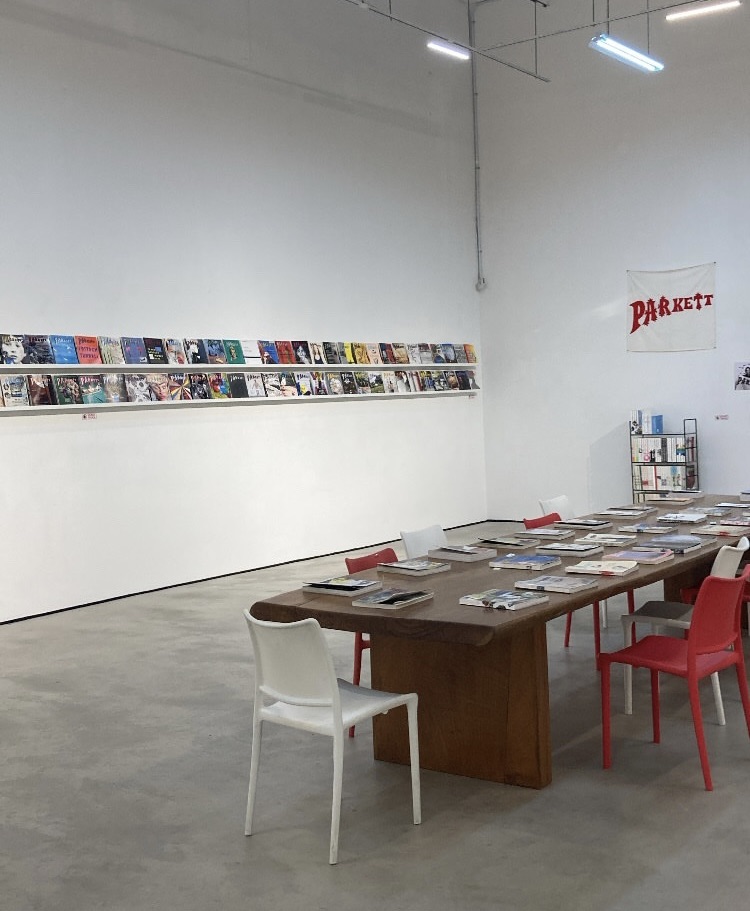
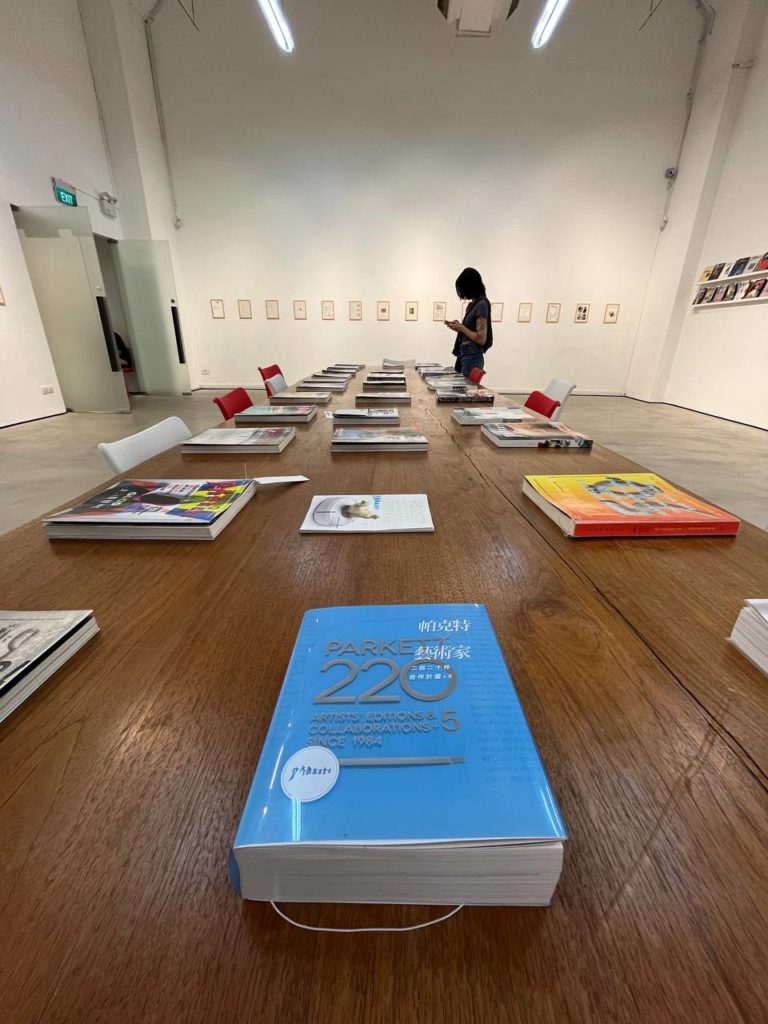
Parkett publications were intimate glimpses into inner-workings of artists. Whereas, the Parkett art collection was whimsical and vibrant, showcasing a more playful aspect of art-making. There was an installation where the artwork ‘talks’ to you; a series of framed photographs featuring white men taking selfies, and many more. One of my favourite parts of the exhibition was actually a room with their published books. We were able to look back on their published works. The cover art of the various editions were striking and it was a lot of fun browsing through its contents.
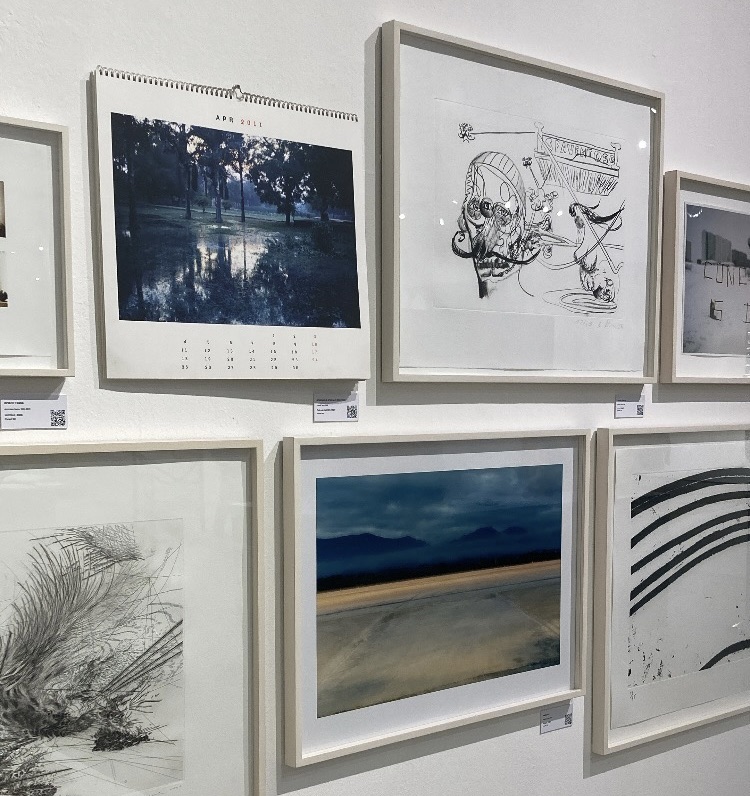
Another aspect I really enjoyed was the curation of their archival collection. I loved the maximalist layout. It fondly reminded me of homes belonging to art enthusiasts, often incorporating their growing collection into their living spaces. Funny enough, one of the works amongst the framed works, was a calendar! The eclectic mix of artworks, in different shapes and sizes was very inviting, piquing one’s curiosity, drawing us into the artworks and to explore more of the collection.
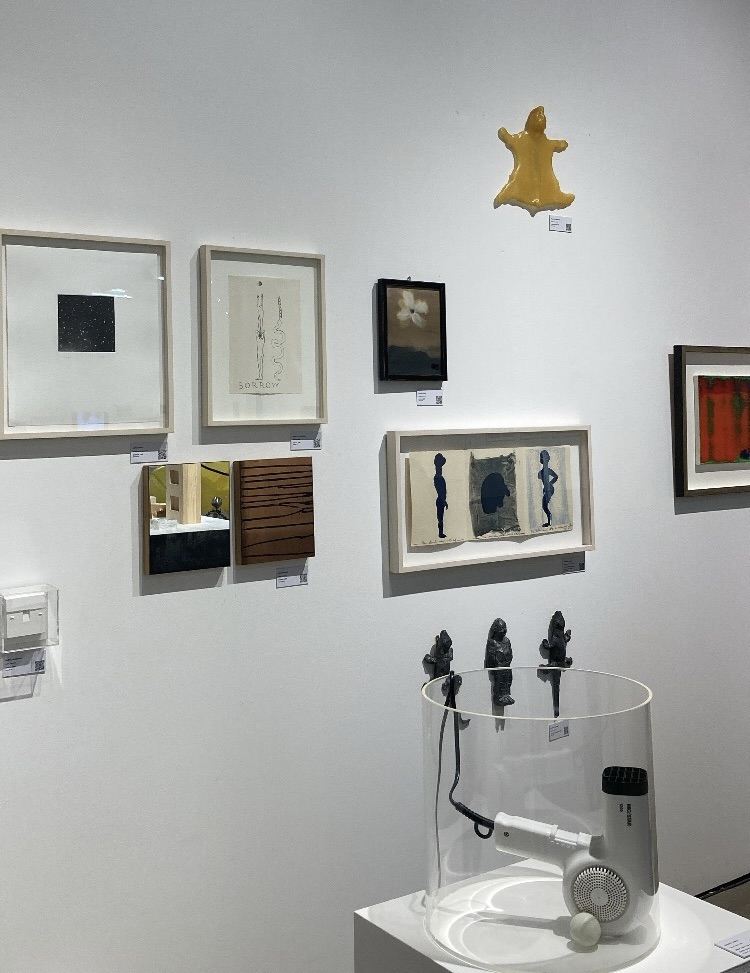
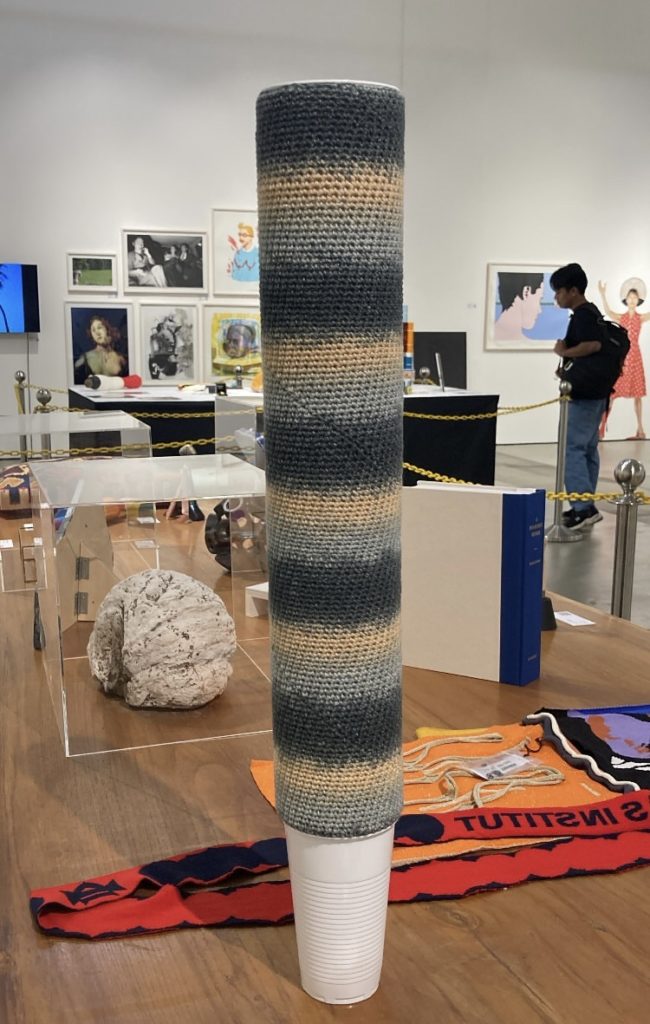

I personally feel The Complete Parkett Collection showcased the limitless boundaries of contemporary art, bringing forth a more approachable impression of it. Parkett’s archival collection serves as great exposure to the many forms art can take, from refined mediums to recyclables and found objects. These forms may make it lighthearted and accessible to the public.
In a city like Singapore, many still view certain occupational fields as more essential over others. In addition to our gravitation towards trends and relevance, I hope that the exhibition has appealed our interests, and learning the impact Parkett has had in the global arts industry, can slowly unravel the preconceived notions of art in our country. Art should not be made for a small selected group, but should be a medium accessible for all, to be explored and made meaningful. It might still be undeniably subjective, but even though it is something not everyone may agree on or enjoy, art should neither be forced upon nor be controlled access to.
Links:
Parkett website
Tracey Emin’s feature on Vol. 63
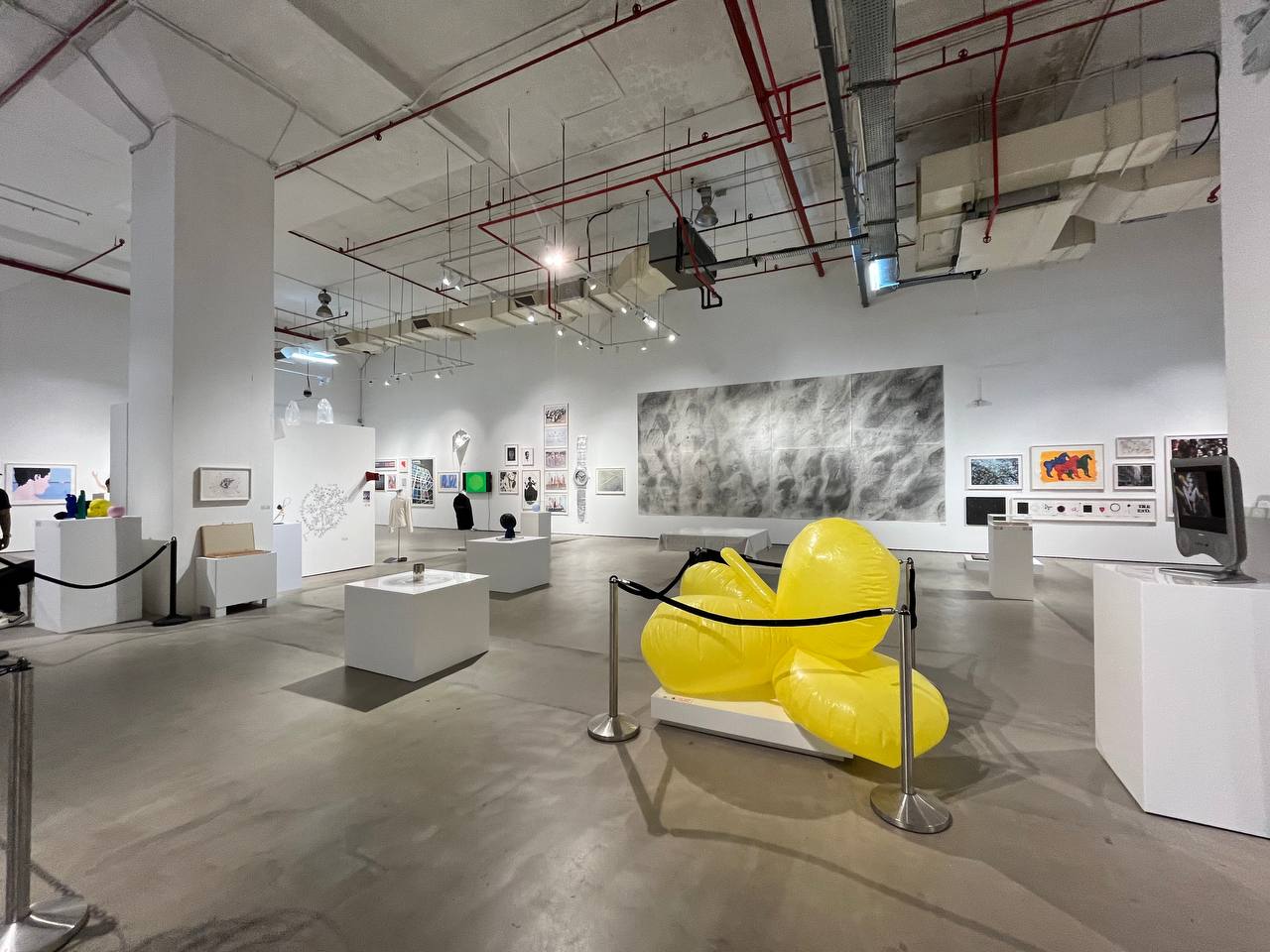
Leave a Reply